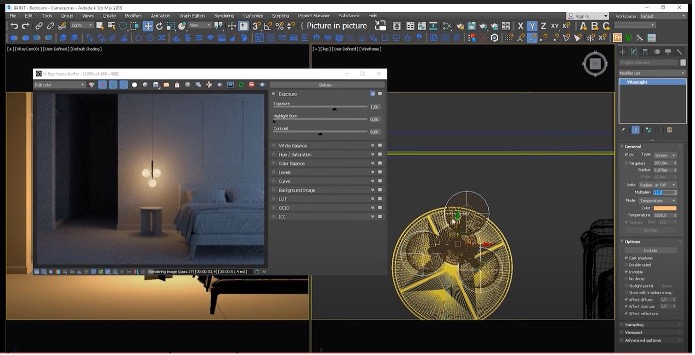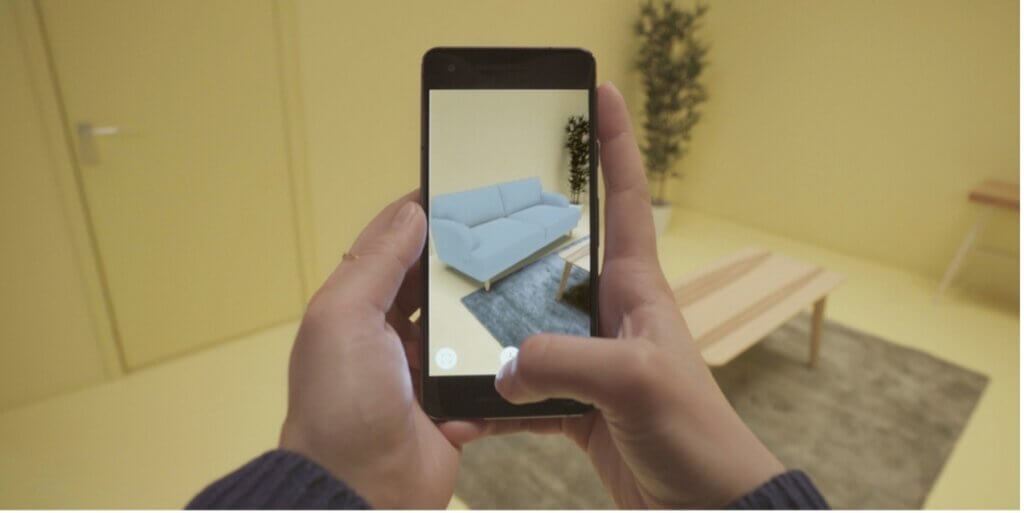Written by Qianhui 2022 Cohort
When I moved into the CDM apartment, I wanted to buy some new lighting. I went to the supermarket and picked out a beautifully shaped floor lamp. But when I got home, I realized it was too bright, and its colour saturation didn’t match my original lighting. As a result, it ruined the overall aesthetic of my room, and I had to replace the bulb.
As part of the structure of a room, lighting is critical. It determines the tone and atmosphere of our rooms. In addition, too dark makes the room look smaller, and too bright ruins the room’s reflecting shadows. Perhaps many people have the same problem as I do. Even after choosing the correct parameters for a light bulb, it is difficult to predict how it will look in a room.
As an architect, we usually use some 3D modelling software such as SketchUp or Rhino to model and then use a renderer such as Vray or Enscape to help render the interior lighting effect. This is an effective way to obtain lighting effects, but it is a lot of work. Besides that, many people choose DIY instead of searching for a designer to decorate their rooms. How can you get a lighting scheme that suits your needs?

IKEA has launched an enhanced AR function to help people choose the right furniture for their rooms. Customers can place IKEA furniture in their own space and see how the item looks in a physical environment. It’s a fantastic project. However, when I tried to put a lamp into the background, I could only see how it looked when the light was off, not how its light interacted with my space. This still didn’t solve the lighting problem.

I want to know what my lamp will look like in natural light. What kind of shadows will it produce? How will it show the texture of my furniture? How will it change with the natural light? With AR technology improvements, I want to see how light interacts with the environment when I shop for lamps. Maybe I won’t be forced to change light bulbs when that day comes.